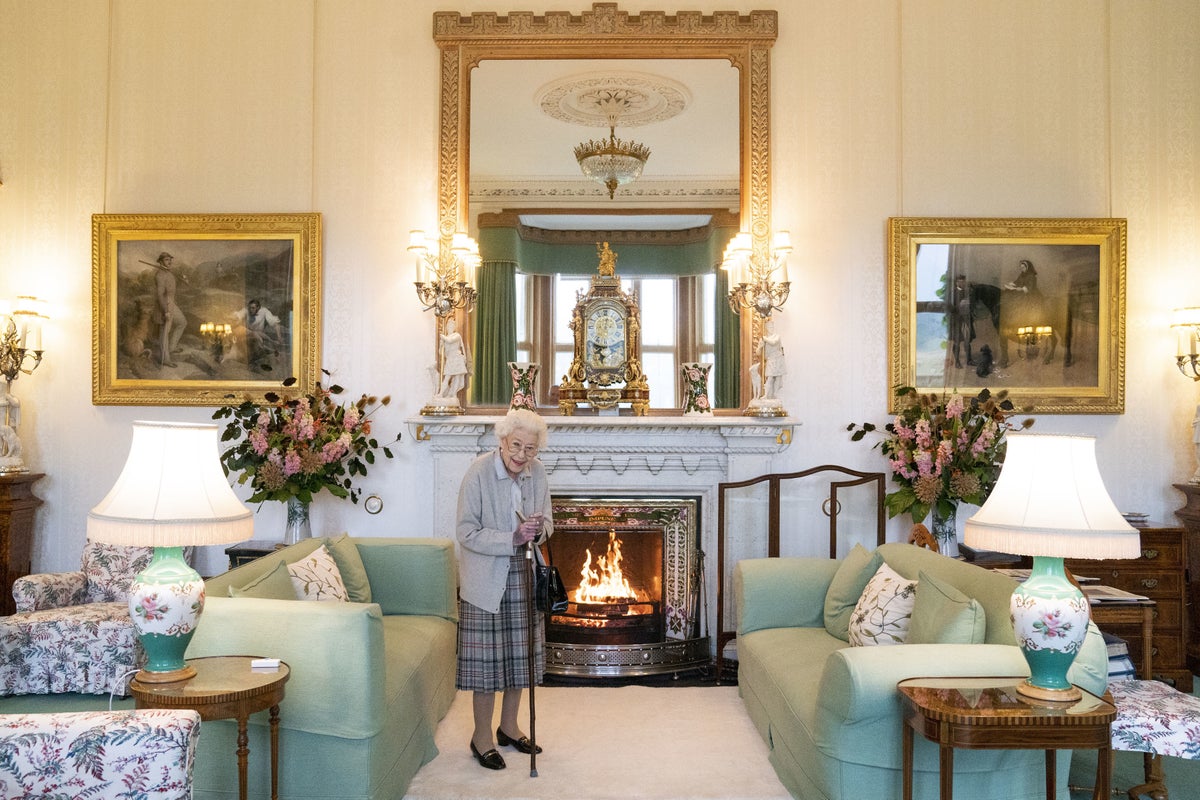
Queen Elizabeth II, Britain’s longest-serving monarch, has died aged 96, with her son Charles succeeding her as the nation’s new king.
The Queen died “peacefully” at Balmoral on Thursday afternoon, according to Buckingham Palace, having spent 70 years as head of state, outlasting her predecessors and overseeing monumental changes in social and political life.
Leading tributes from around the world, King Charles III described his mother as “much loved” and a “cherished sovereign”.
The official announcement came at 6.40pm, shortly after senior royals rushed to Balmoral to be at the Queen’s side. Earlier in the day, the House of Commons had been told that she was under medical supervision because doctors were concerned for her health.
Charles, whose wife, Camilla, is now Queen Consort, said the death of his “beloved” mother was a “moment of the greatest sadness for me and all members of my family”.
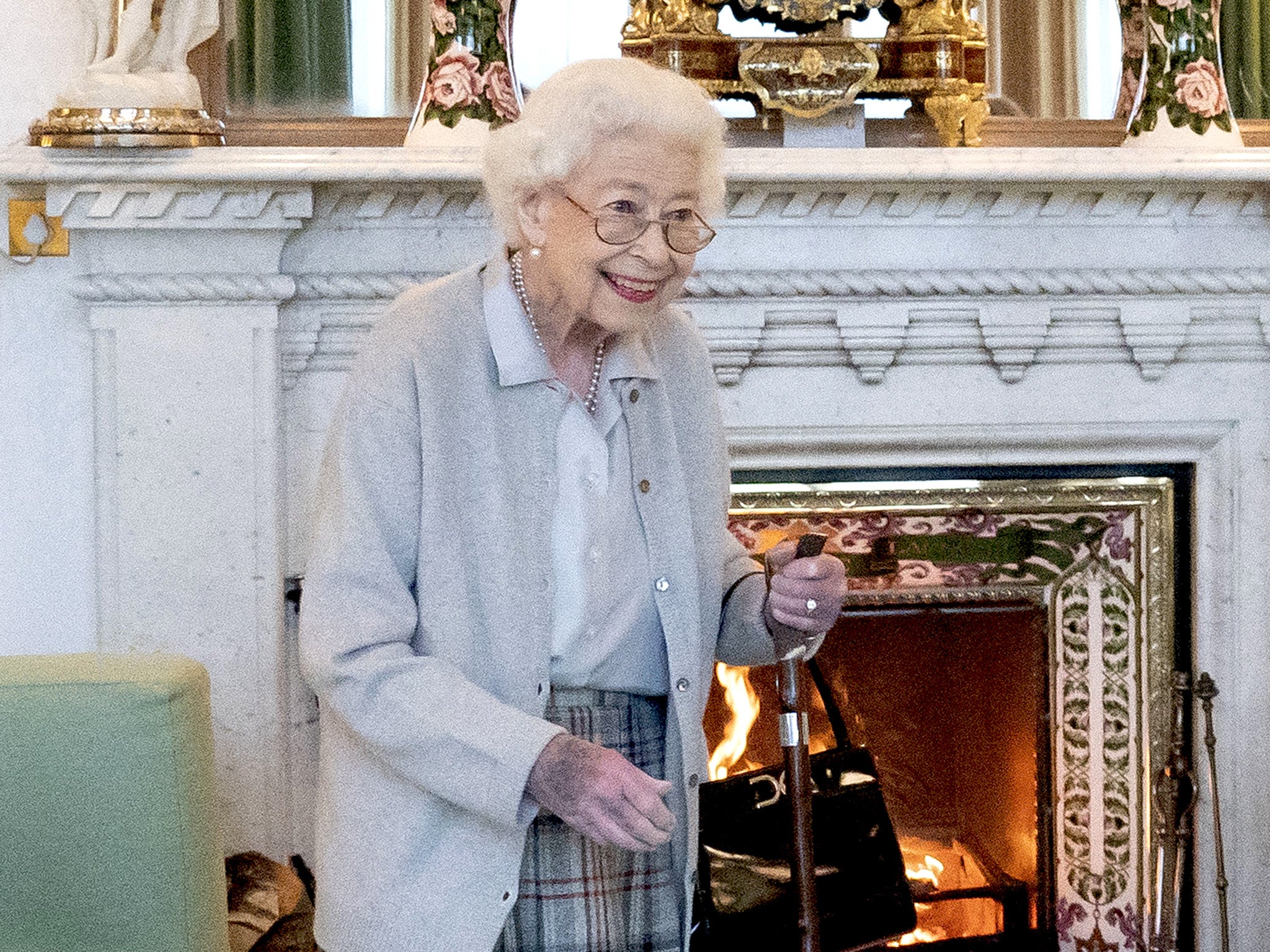
The 73-year-old automatically became head of state on the Queen’s passing, as ruler of the United Kingdom and more than a dozen Commonwealth nations – a role for which he has spent a lifetime in preparation.
“During this period of mourning and change, my family and I will be comforted and sustained by our knowledge of the respect and deep affection in which the Queen was so widely held,” said the King.
He will return to London on Friday at the start of 10 days of national mourning, during which the Queen will lie in state in Westminster.
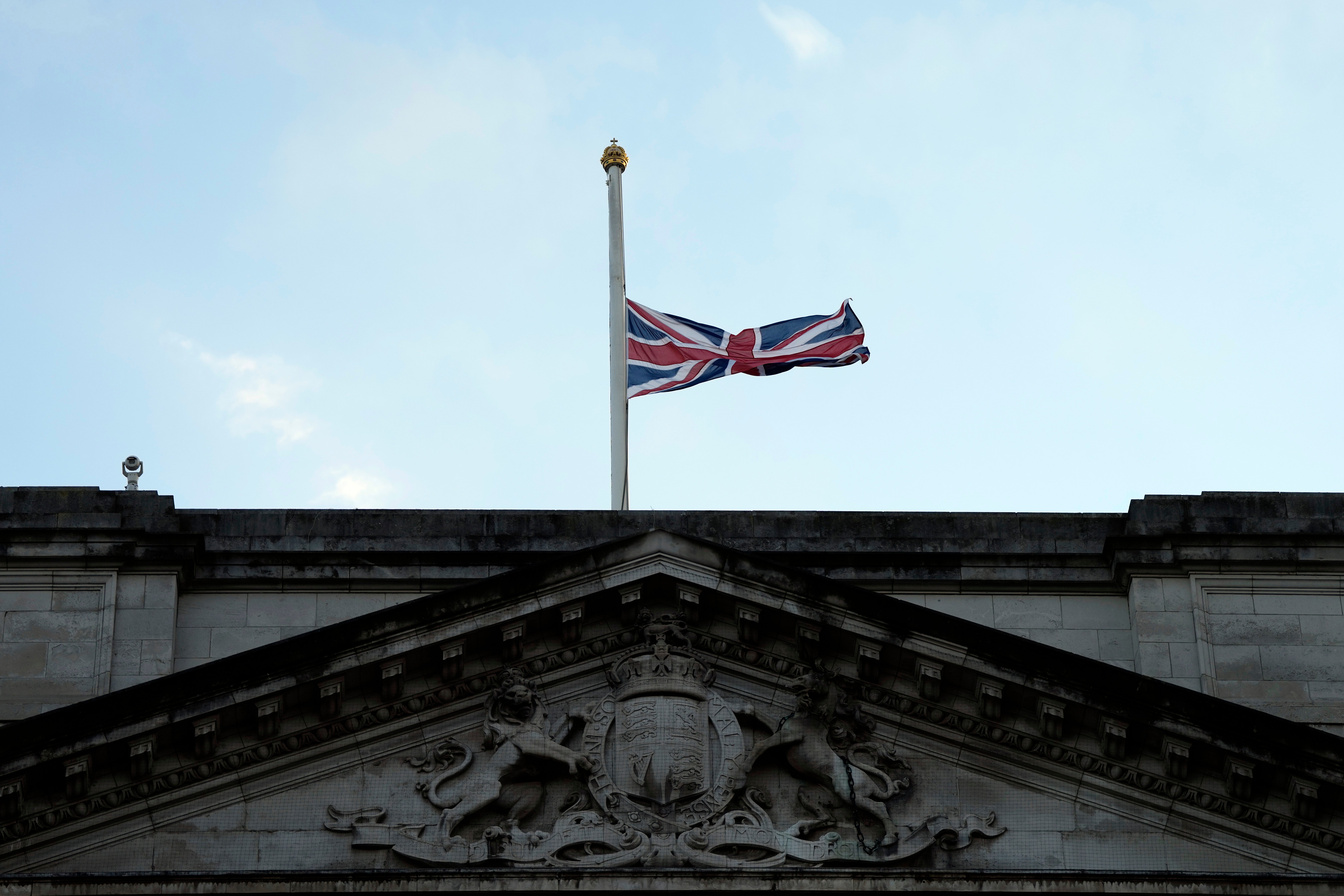
Prime minister Liz Truss, who had been informed of the monarch’s death at 4.30pm, two hours before it was publicly announced, spoke outside No 10.
She described the Queen as the “rock on which modern Britain was built”, adding: “Our country has grown and flourished under her reign. Britain is the great country it is today because of her.
“Through thick and thin, Queen Elizabeth II provided us with the stability and the strength that we needed. She was the very spirit of Great Britain – and that spirit will endure. And with the passing of the second Elizabethan age, we usher in a new era in the magnificent history of our great country – exactly as Her Majesty would have wished – by saying the words, ‘God save the King.’”
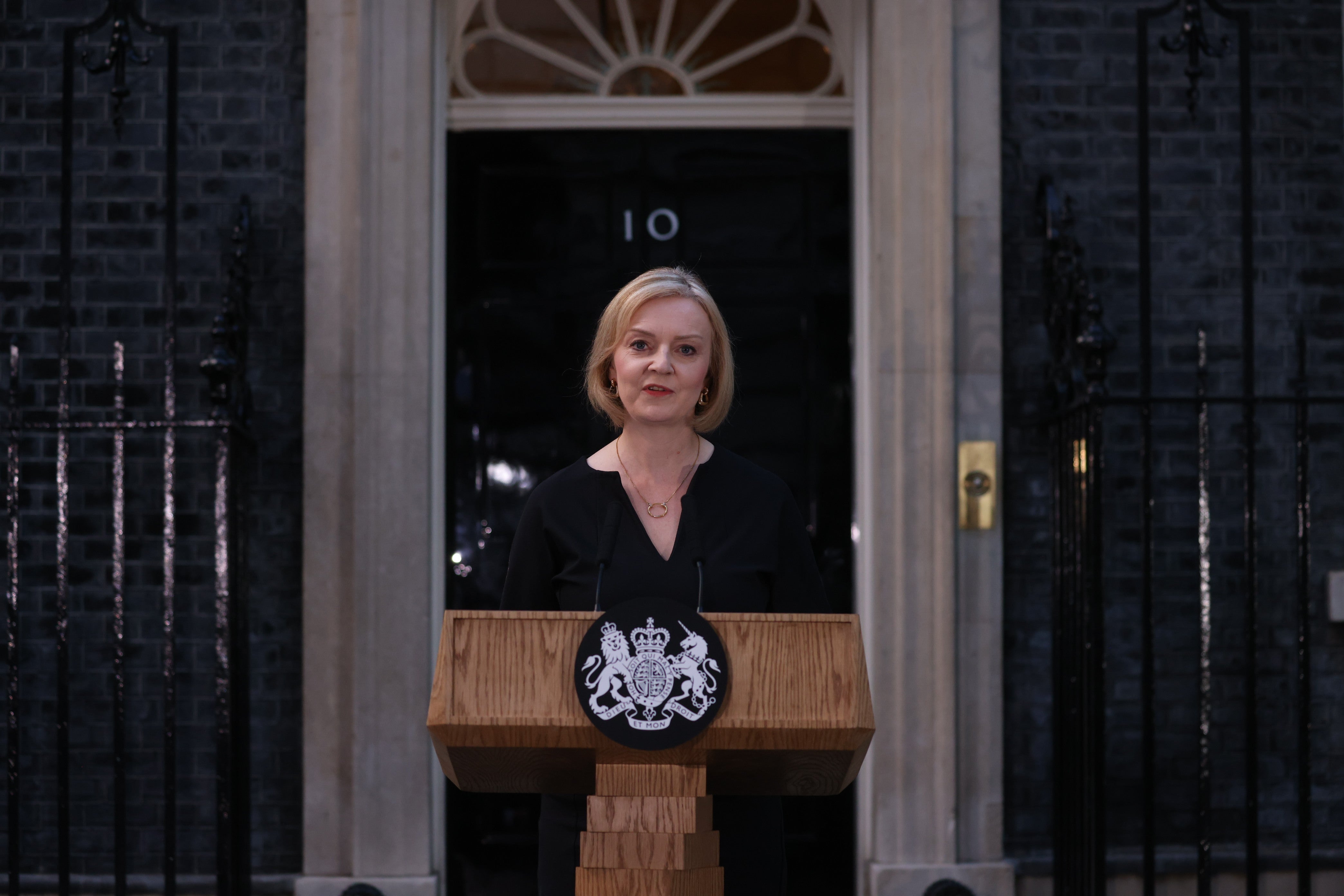
Kensington Palace said that the Queen’s grandson William, now first in line to the throne, and his wife Kate will be known as the Duke and Duchess of Cornwall and Cambridge.
The Queen’s passing comes 17 months after the death of her husband, the Duke of Edinburgh, to whom she was married for 73 years.
World leaders were among those who joined in paying tribute. US president Joe Biden and his wife Jill said that the Queen had “led always with grace, an unwavering commitment to duty, and the incomparable power of her example”.
Labour leader Sir Keir Starmer described the Queen as a “remarkable sovereign”, while former prime minister Sir Tony Blair said the nation had lost “not just our monarch but the matriarch of our nation”.
Former prime minister David Cameron described the Queen as “the world’s greatest public servant” and “the world’s most experienced diplomat”.
Floral tributes were laid outside Windsor Castle, with the crowds outside so big that staff members returning to the castle struggled to drive through the main entrance.
Planned strikes by rail and postal workers have been called off.
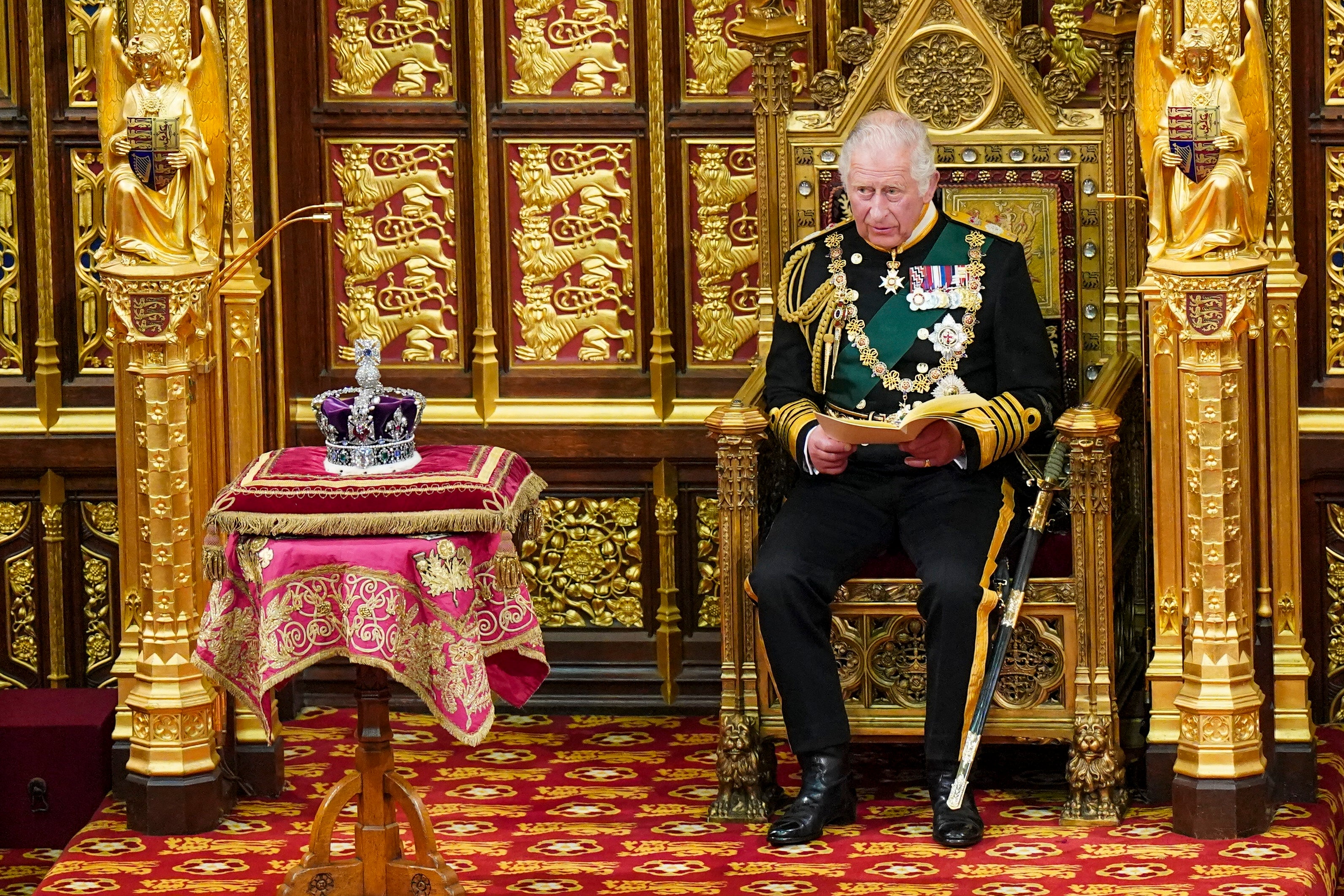
The queen’s passing leaves a nation in mourning after her decades of dedicated public service. In recent months she was increasingly reliant on a walking stick to carry out her duties, and was forced to cancel some appearances.
Throughout times of national crisis, the Queen always provided a reassuring presence, notably addressing Britain during the early days of the coronavirus pandemic and reminding the public that they would all “meet again”, in an echo of Dame Vera Lynn’s Second World War song.
She was born on 21 April 1926 at 17 Bruton Street, London, at the height of that year’s General Strike, to her parents Albert and Elizabeth, the Duke and Duchess of York.
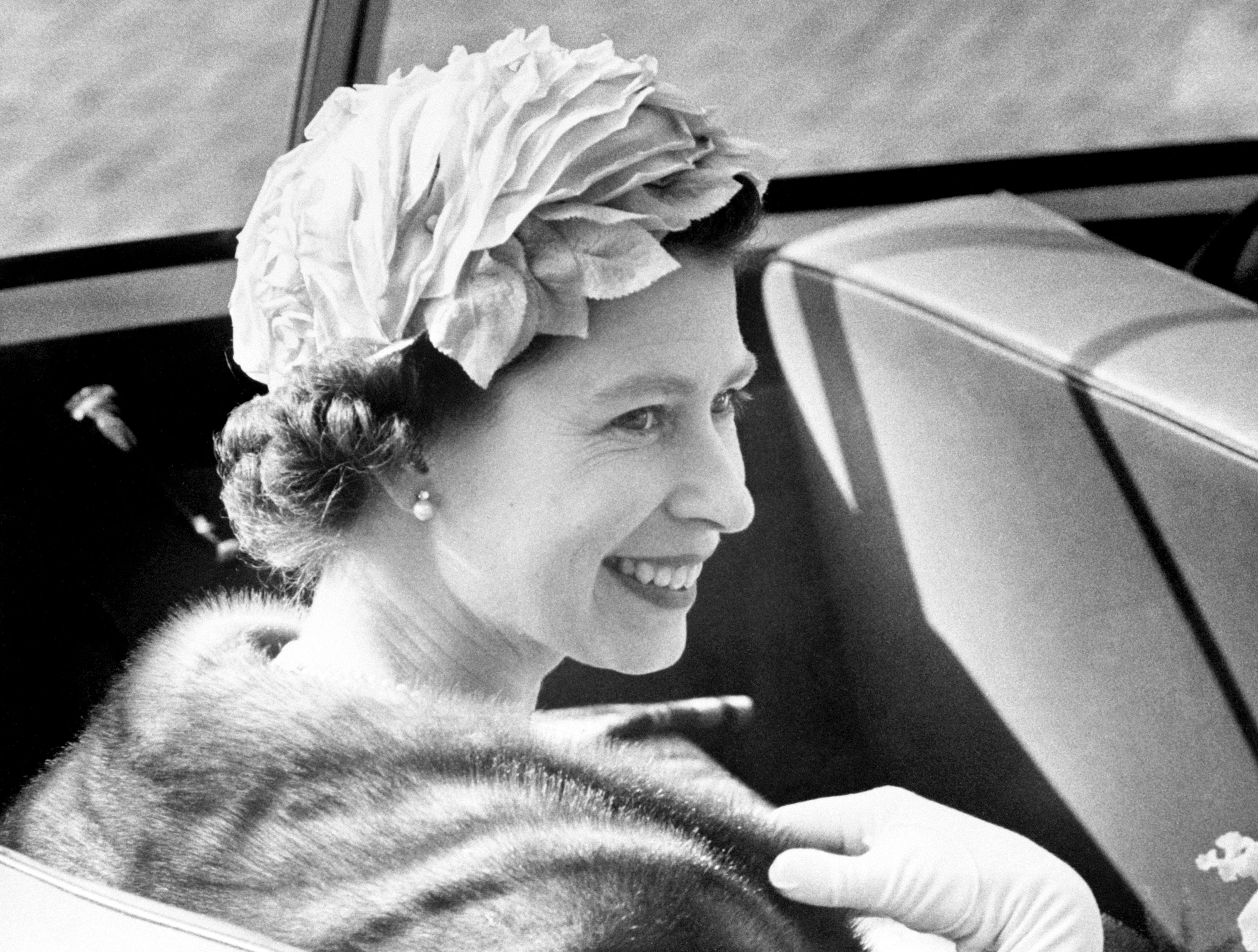
From her early youth, Princess Elizabeth was one of the most famous people in the world: hospital wards were named after her, a popular song was composed in her honour, her face appeared on a Newfoundland stamp, and a slice of Antarctica was renamed Princess Elizabeth Land.
The Queen was a fixture of British life for seven decades, leading the country out of empire and the aftermath of the Second World War, through decades of change and upheaval, with rarely so much as a day off.
Her quiet self-possession in the face of crisis, alongside her gravity, patriotism, strong sense of duty and utter dedication to a position she saw as simply her job, has earned her a place as one of the great monarchs of her line, worthy of comparison with her role model, Victoria.







